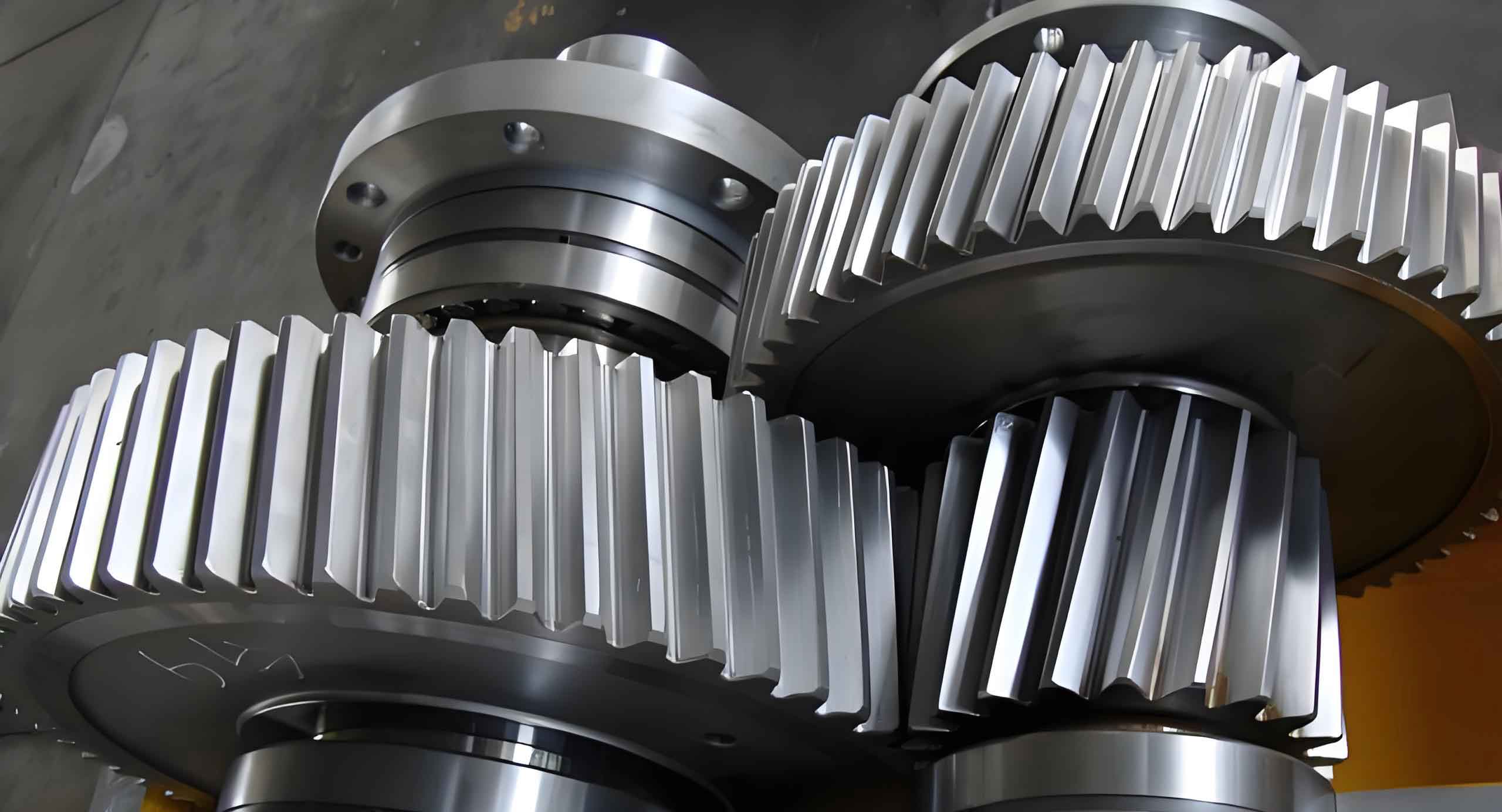Introduction
Helical gears have become a cornerstone in the development and operation of robotics and automation systems. Their design, which features angled teeth, provides significant advantages in terms of efficiency, noise reduction, and load handling. This article explores the various applications of helical gears in robotics and automation, highlighting their benefits, specific uses, and the critical role they play in advancing technology in these fields.
Understanding Helical Gears
Helical gears are characterized by teeth that are cut at an angle to the axis of rotation, unlike spur gears which have straight-cut teeth. This angled configuration allows for more gradual and smoother engagement between the gears, leading to quieter and more efficient operation.

Key Features of Helical Gears:
- Angled Teeth: Typically cut at angles between 15° and 30°.
- Smooth Operation: Reduced noise and vibration due to gradual tooth engagement.
- Load Distribution: Even distribution of load across the teeth.
- High Load Capacity: Increased contact area allows for handling higher loads.
Importance of Helical Gears in Robotics and Automation
In robotics and automation, precision, reliability, and efficiency are paramount. Helical gears excel in these areas, making them ideal for applications where precise movement and high torque are required. Their ability to reduce noise and handle significant loads makes them suitable for a wide range of robotic and automated systems.
Benefits of Helical Gears in Robotics and Automation:
- Precision: Ensures accurate and controlled movements.
- Durability: Capable of withstanding high operational stresses.
- Efficiency: Enhances overall system performance.
- Noise Reduction: Essential for applications requiring quiet operation.
Applications of Helical Gears in Robotics
Helical gears are utilized in various robotic applications, each benefiting from their unique properties.
Specific Robotic Applications:
- Articulated Robots:
- Used in industrial settings for tasks such as welding, painting, and assembly.
- Helical gears provide smooth and precise joint movements.
- Collaborative Robots (Cobots):
- Designed to work alongside humans in shared workspaces.
- Quiet and smooth operation of helical gears ensures safety and efficiency.
- Autonomous Mobile Robots (AMRs):
- Used for material transport in warehouses and manufacturing facilities.
- Helical gears help in efficient and reliable drive systems.
- Service Robots:
- Include applications like vacuum cleaning, lawn mowing, and personal assistance.
- Require quiet and efficient gear systems provided by helical gears.
Table: Robotic Applications of Helical Gears
| Application Type | Benefits of Helical Gears |
|---|---|
| Articulated Robots | Smooth, precise joint movements, high load capacity |
| Collaborative Robots (Cobots) | Quiet operation, safety, and efficiency |
| Autonomous Mobile Robots (AMRs) | Efficient drive systems, reliability |
| Service Robots | Quiet operation, efficiency in small-scale tasks |
Applications of Helical Gears in Automation
Automation systems also benefit significantly from the use of helical gears. Their ability to provide precise motion control and handle high loads makes them indispensable in various automated processes.
Specific Automation Applications:
- Conveyor Systems:
- Helical gears ensure smooth and continuous movement of conveyor belts.
- Essential for maintaining consistent speed and load handling.
- Packaging Machinery:
- Provides accurate and reliable motion for packaging operations.
- Helps in achieving high-speed and high-volume packaging.
- Assembly Lines:
- Used in automated assembly processes for precise part placement and fastening.
- Enhances the efficiency and accuracy of assembly operations.
- Automated Guided Vehicles (AGVs):
- Utilized for material handling and transport in factories and warehouses.
- Helical gears ensure reliable and efficient propulsion systems.
Table: Automation Applications of Helical Gears
| Application Type | Benefits of Helical Gears |
|---|---|
| Conveyor Systems | Smooth, continuous movement, consistent speed |
| Packaging Machinery | Accurate, reliable motion, high-speed packaging |
| Assembly Lines | Precise part placement, enhanced efficiency |
| Automated Guided Vehicles (AGVs) | Reliable propulsion, efficient material handling |
List: Advantages of Using Helical Gears in Robotics and Automation
- High Precision: Ensures accurate movements and positioning.
- Durability: Capable of enduring high operational stresses.
- Efficiency: Maximizes overall system performance.
- Noise Reduction: Provides quiet operation essential for many applications.
- Smooth Operation: Reduces vibration and enhances system reliability.
- Load Handling: Capable of handling significant loads, ensuring longevity and performance.
Challenges in Using Helical Gears in Robotics and Automation
While helical gears offer numerous advantages, their application in robotics and automation also comes with challenges.
Common Challenges:
- Manufacturing Complexity: Producing helical gears with precise tooth angles and profiles requires advanced manufacturing techniques.
- Cost: High precision and quality materials used in helical gears can increase costs.
- Maintenance: Requires regular inspection and maintenance to ensure optimal performance.
- Thermal Management: Managing the heat generated during operation is critical to maintain efficiency and longevity.
Conclusion
Helical gears are integral to the advancement of robotics and automation technologies. Their precision, efficiency, and ability to handle high loads and reduce noise make them ideal for a wide range of applications. From articulated robots and collaborative robots to conveyor systems and automated guided vehicles, helical gears ensure reliable and efficient operation. Despite the challenges associated with their use, the benefits they offer make them a critical component in the development of advanced robotic and automated systems. As technology continues to evolve, the role of helical gears in these fields is expected to grow, further enhancing the capabilities and performance of robotics and automation systems.
